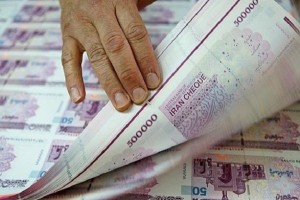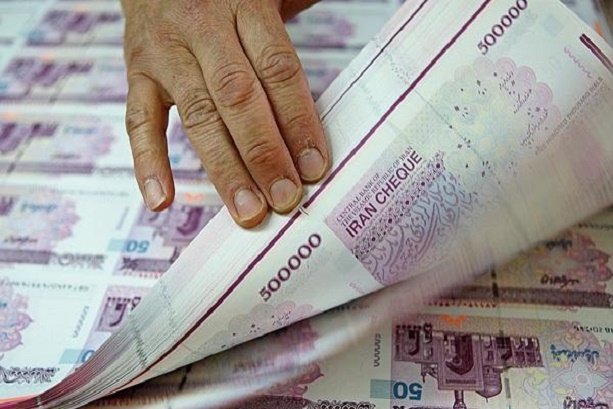 Researchers at Iran Polymer and Petrochemical Institute have used nanotechnology in producing a kind of paper with anti-counterfeiting properties that has application in high security banknote production.
Researchers at Iran Polymer and Petrochemical Institute have used nanotechnology in producing a kind of paper with anti-counterfeiting properties that has application in high security banknote production.
One application of photochromic materials is the production of paper money with high security. The paper changes color when exposed to ultraviolet light, a behavior that can be interpreted as a security sign to detect counterfeit notes.
Alireza Mahdavian, the project manager, said his team used a very simple and green method to produce the anti-counterfeiting papers; “the paper also enjoys a higher photochromic performance compared to other existing models,” he added.
According to him, the project has succeeded in removing certain defects in previous research such as negative photochromism, and as such, the produced paper has higher efficiency and improved smart performance.
In the research, photochromic polymeric particles dispersed in water were produced in dimensions in the range of 70nm; the smaller size of nanoparticles increased the effectiveness and efficiency of their chemical reaction with cellulose, and also protected photochromic dyes against malicious agents.
“In this project, photochromic compound was first prepared on the basis of spiropyran, and then acrylic polymers containing this compound were produced through the emulsion copolymerization process,” he explained. “At the end, the produced photochromic polymer entered the cellulose during a chemical process.”
The results of the research have been published in Carbohydrate Polymers, volume.
Source: mehrnews.com













